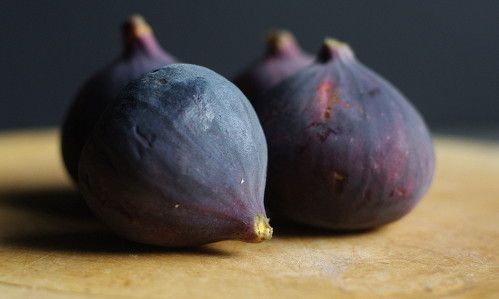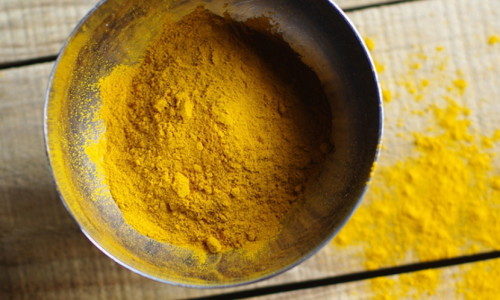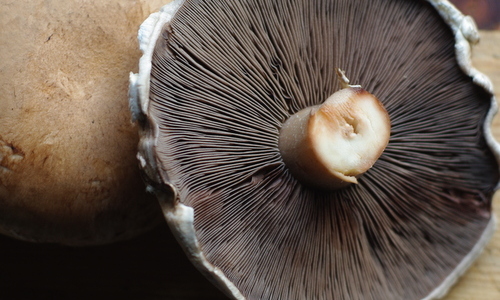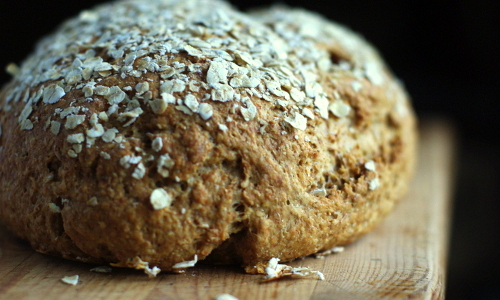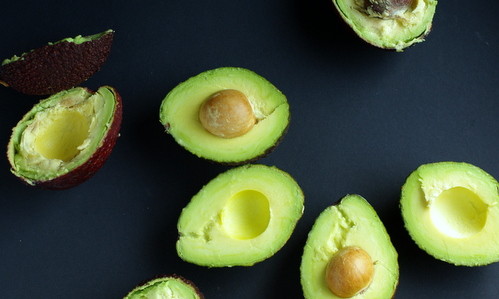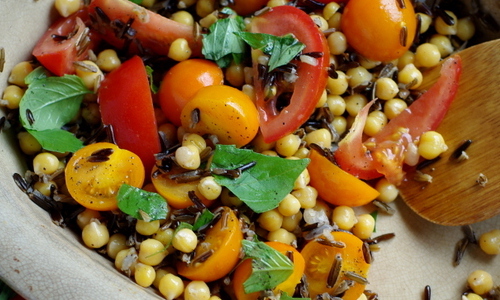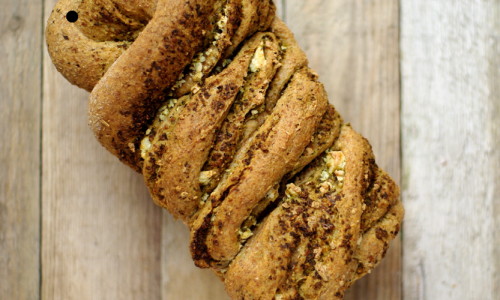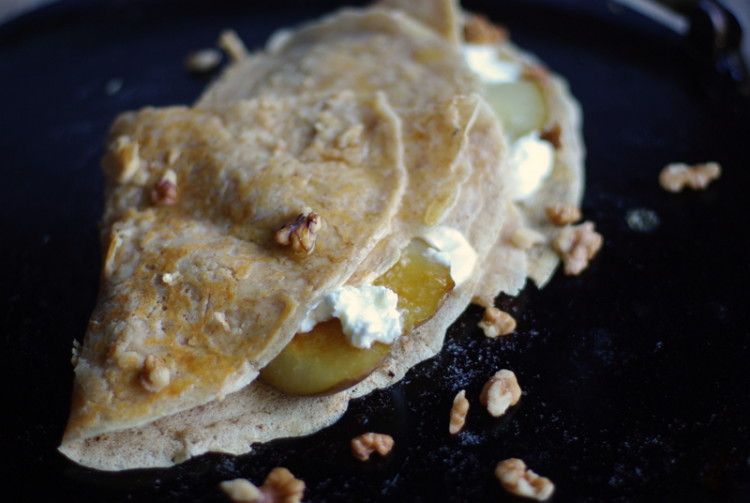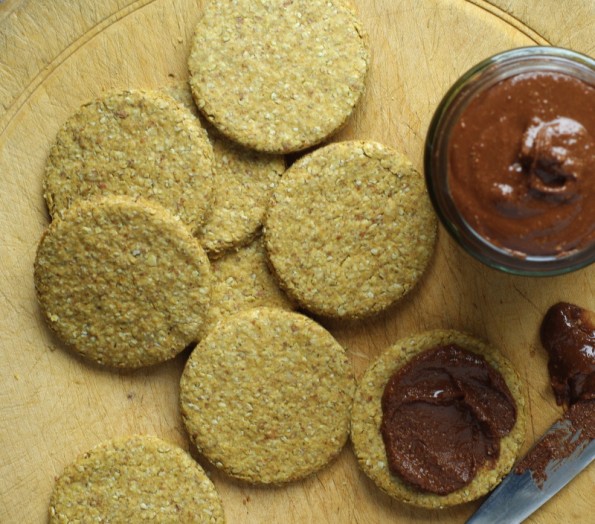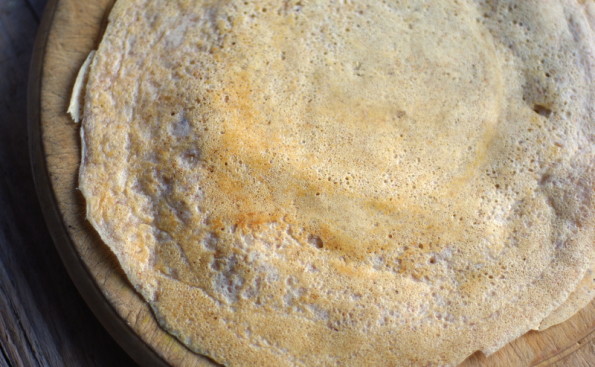Dating back as early as the 15th century, and synonymous with the Potteries of Stoke-on-Trent and…well…Staffordshire; Staffordshire oatcakes, where have you been all my life?
When I think about oatcakes, I think of oatcakes…
Delicious, crunchy, oaty, and Scottish, somewhere between a biscuit and a cracker. So when I first heard about Staffordshire oatcakes I assumed it was a variation of the same thing and paid no real attention. Little did I know that I was about to have my mind blown by this triumph of oat-y wonder. It’s nothing like a Scottish oatcake (not that I’m in anyway diminishing the magnificence of the Scottish oatcake, one of my all time favourite things) but more like a pancake, except that it is (obviously) made with oats, and is yeasted! I had never heard of anything like this before. It is perfection.
As I’ve said, Staffordshire oatcakes were the food of the booming pottery industry of Staffordshire. They were such a staple for the men and women who worked in the Potteries that, at some point in the 19th century, a cottage industry in their production sprang up. I keep reading that it is the ultimate early fast food, and I can see that this is an apt description.
Traditionally they’re made from oats, flour, yeast and milk, and can be filled with anything you like, though they tend to be served more commonly with savory fillings like cheese and bacon.
I first became aware of them in a show about the living conditions of Victorian era workers, and then subsequently found a recipe of Paul Hollywood’s for them. My recipe here is an adaptation of his. In his recipe Paul Hollywood suggested that you use fine oatmeal, and other recipes suggest that you grind the oats to flour before using them. I just used normal cheap-o oats (not the quick cooking kind) and left them un-ground (mostly because I recently killed the blender I’d normally use for such things) and then, as suggested in Hollywood’s recipe, blitzed the batter with a stick blender before using it. Also, as I’m trying to use whole flour where ever I can and spelt is one of my favourites, I opted to use that in the recipe. They were gorgeous.
As for the filling, as I say, you can fill them with whatever you like. For mine I caramelized a pear by quartering it and cooking it in a frying pan with 1tsp of honey and a splash of water. I cooked it flesh side down at a medium low temperature, leaving it alone as much as possible, for around 30 minutes until the juices had caramelized.
Along with the pears I filled the oatcakes with some soft goat’s cheese, chopped walnuts, and finished it off with a drizzle of honey. Magnificent.
If, like me, you’d never heard of Staffordshire oatcakes, I really can not recommend enough that you try them. They’re really easy to make, are versatile, hearty, and healthy. They make a really filling and seriously delicious meal. Perfect if you’re looking for something a little bit different for brunch at the weekend!
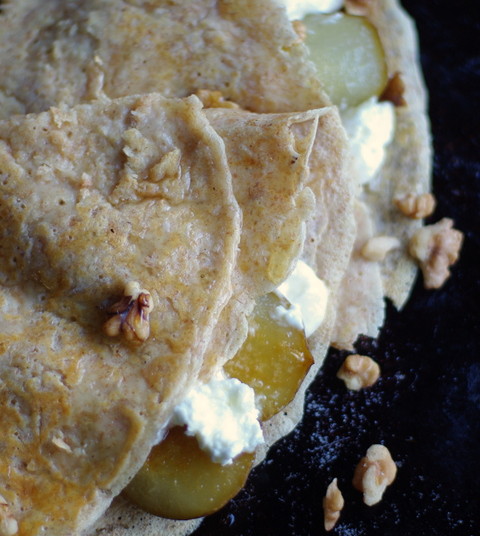

- 100g or 3/4 cup oats
- 125g or 3/4 cup whole spelt flour
- 400mL warm milk
- 1/2 tsp salt
- 1 tsp instant yeast
- 1 Tbsp melted coconut oil (or oil of your choice) plus a little for greasing
- In a large bowl combine the oats, flour and salt and stir well. Stir in the yeast.
- Slowly add the milk, beating as you go, until all of the milk is incorporated. Beat for a few minutes to form an even batter.
- Cover the bowl with cling film and leave it to stand for 1 1/2 hours. The batter should be a bit bubbly by this point.
- Heat a griddle or heavy frying pan over medium heat and brush it with some oil.
- While the griddle heats, add the oil to the batter and give it a quick blitz with a stick blender to make it into a smooth pourable batter. If it’s too thick to pour easily, add a bit of water to thin it out.
- Pour half a ladle full onto the hot griddle and gently smooth it around with the back of the ladle so that it’s thin, even and round. Allow it to cook until bubbles form on the top side, about 1-2 minutes, and then flip it over and cook it for a further 1-2 minutes until the oatcake is golden brown and cooked through.
- Fill the oatcakes with the filling of your choice and serve warm.

